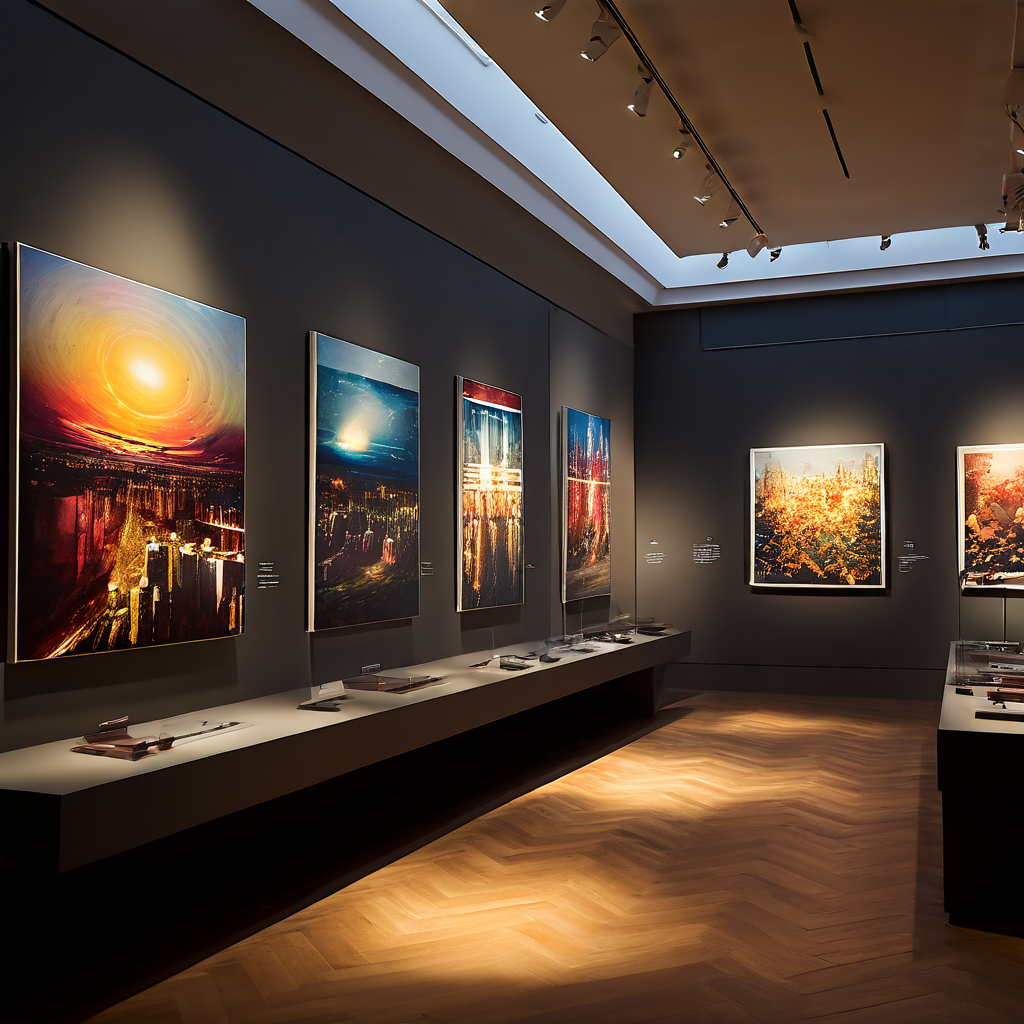Recent Posts
-
Installing Spotlights in Ceiling | Obals Expert Guide
Learn the expert steps and best practices for installing spotlights in your ceiling. Discover the benefits, tools needed, and tips for achieving a professional look.
06/21/2024
-
Warm White Versus Cool White | Expert Lighting Guide
Discover the differences between warm white and cool white lighting. Learn from industry experts about their applications, benefits, and how to choose the right color temperature for your space.
06/21/2024
-
Under Cabinet Lighting Kitchen | Expert Guide
Explore the benefits and best practices for installing under cabinet lighting in your kitchen. Learn from industry experts about types, installation tips, and design ideas to optimize your kitchen lighting.
06/20/2024
-
Screwfix LED Downlights | Expert Lighting Guide
Discover the advantages and best practices for installing Screwfix LED downlights. Learn from industry experts about their features, benefits, and tips for optimizing your lighting setup.
06/20/2024
-
Modern Lighting Factory | Expert Insights
Explore the advancements and benefits of modern lighting factories. Learn from industry experts about the latest technologies, manufacturing processes, and design trends in the lighting industry.
06/19/2024
-
Ceiling Spotlights LED | Expert Lighting Guide
Discover the benefits and best practices for installing LED ceiling spotlights. Learn from industry experts about the types, advantages, and design tips for optimizing your LED spotlight setup.
06/18/2024
How Many LED Downlights Per Room? | Expert Guide
How Many LED Downlights Per Room? An Expert Guide
Choosing the right number of LED downlights for a room is crucial for achieving optimal lighting. This expert guide will help you determine the ideal number of LED downlights based on room size, function, and design considerations.
Understanding LED Downlight Placement
LED downlights provide focused, high-quality illumination that enhances both functionality and aesthetics. Proper placement and spacing are essential to avoid over- or under-lighting a room. Here are the key factors to consider:
Room Size: Larger rooms require more downlights to ensure even lighting coverage.
Ceiling Height: Higher ceilings may need more powerful downlights or closer spacing.
Lighting Purpose: The function of the room (e.g., task lighting, ambient lighting) affects the number of downlights needed.
Beam Angle: Wider beam angles cover more area, while narrower beams focus light on specific zones.
Calculating the Number of LED Downlights
To determine the number of LED downlights needed, follow these steps:
1. Measure the Room
Calculate the room’s square footage by multiplying its length by its width. For example, a 12-foot by 15-foot room is 180 square feet.
2. Determine Lumens Required
Estimate the total lumens needed based on the room’s purpose. General guidelines are:
Living Room: 10-20 lumens per square foot
Kitchen: 30-40 lumens per square foot
Bathroom: 70-80 lumens per square foot
Bedroom: 10-20 lumens per square foot
Office: 40-50 lumens per square foot
3. Calculate Total Lumens
Multiply the room’s square footage by the lumens per square foot to get the total lumens needed. For example, a 180-square-foot living room needing 15 lumens per square foot requires 2,700 lumens.
4. Determine Lumens per Downlight
Check the lumen output of your chosen LED downlights. Divide the total lumens needed by the lumens per downlight to determine the number of downlights required. For example, if each downlight provides 600 lumens, you need 5 downlights (2,700 ÷ 600 = 4.5).
Spacing and Layout Tips
Proper spacing and layout are crucial for even lighting distribution:
General Spacing: A common rule is to space downlights about 4 to 6 feet apart. For higher ceilings, closer spacing may be necessary.
Task Lighting: Position downlights directly above work areas such as kitchen counters, desks, and bathroom vanities.
Accent Lighting: Use downlights to highlight architectural features, artwork, or focal points in the room.
Avoid Shadows: Ensure overlapping light beams to minimize shadows and dark spots.
Wall Washing: Place downlights close to walls to create a wash of light that enhances the room’s dimensions and eliminates shadows.
Case Study Examples
Here are some practical examples to illustrate the calculation process:
Living Room
Size: 12x15 feet (180 square feet)
Lumens Required: 15 lumens per square foot (2,700 lumens total)
Downlights: Each downlight provides 600 lumens, so 5 downlights are needed (2,700 ÷ 600).
Kitchen
Size: 10x12 feet (120 square feet)
Lumens Required: 35 lumens per square foot (4,200 lumens total)
Downlights: Each downlight provides 700 lumens, so 6 downlights are needed (4,200 ÷ 700).
Conclusion: Achieving Optimal Lighting
Determining the right number of LED downlights per room is essential for creating a well-lit, functional, and aesthetically pleasing environment. By considering room size, ceiling height, lighting purpose, and beam angle, you can achieve optimal lighting results. Stay updated on the latest advancements in LED technology to continue enhancing your lighting projects.

